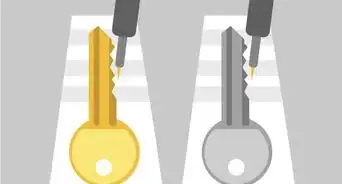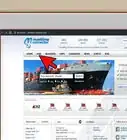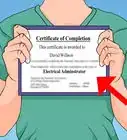This article was co-authored by wikiHow Staff. Our trained team of editors and researchers validate articles for accuracy and comprehensiveness. wikiHow's Content Management Team carefully monitors the work from our editorial staff to ensure that each article is backed by trusted research and meets our high quality standards.
This article has been viewed 58,138 times.
Learn more...
The IBEW is the International Brotherhood of Electrical Workers, and it’s the main union for electrical works in the United States and Canada. If you aren’t already an electrician, you’ll need to go through the IBEW apprenticeship program through your local union. Once you’ve been accepted, you’ll need to complete the apprenticeship program. That includes coursework, a minimum number of work hours, and a minimum number of years, depending on the program. If you’re already a journeyman electrician, you can contact your local union’s organizer about joining.
Steps
Applying for the Apprenticeship Program
-
1Search for the nearest IBEW Local. All of the IBEW apprenticeship programs are facilitated through the local unions. To apply for an apprenticeship program, you’ll need to find the closest local to you. Go to the IBEW’s Local Union Directory at http://www.ibew.org/Tools/Local-Union-Directory. There you can enter your search parameters, including state or province, county, district number, and trade class.[1]
-
2Look up your local’s website. Enter the number of the local nearest to you into a search engine like Google. You can type “IBEW Local” and then the number. The local’s website should come up. Click on the link to the website.
- Some locals also allow you to link to their websites directly from the Local Union Directory. In this case, the name of the local in the search results is actually a hyperlink.
Advertisement -
3Look for the local’s apprenticeship program page. Each local’s website will look different, so information about their apprenticeship programs won’t be in the same place. However, the link to the apprenticeship program page is usually in a pretty obvious spot – on the home page, or in the main website menu.[2]
- Each local has different apprenticeships available. The 2 most common types of apprenticeships are inside and outside wireman apprenticeships. There are also apprenticeships in residential wiring, sound and communication management, and other subjects. Check the local’s apprenticeship programs to see which appeals to you most.[3]
-
4Fill out an application or request information. Most locals have online applications that you need to fill out. You might need to create a username for their website in order to apply. Fill out the application completely and submit it.
- Each local will have different dates when they’ll accept and review applications. Check for those dates on the apprenticeship page for each local’s website, and make sure you submit your application in time.
- Some locals require that you visit the training center in person to apply.
-
5Have your high school transcripts sent to the local. You’ll need to contact your high school and ask that a sealed, official copy of your transcript be sent to the local’s training center. That address should also be available to you on the website.[4]
- If you didn’t graduate high school, you need to have a GED to become an apprentice. You can have your GED scores sent to the training center instead. Visit the GED Testing Service website at https://www.gedtestingservice.com/testers/gedrequest-a-transcript to request a transcript.
- Some locals require that you take and pass high school algebra before you become an apprentice. Those locals will usually waive the math requirement if you take an algebra class through their training program.
-
6Wait to be contacted to take the test. After you submit your application, the local’s apprenticeship program will review your materials. If you qualify, they’ll contact you to take the IBEW Aptitude Test. You must take and pass before you can be admitted to the apprenticeship program.[5]
- The test is made up of 2 parts – a reading comprehension test and a math test. You can practice for the test by taking sample tests. Some locals will provide sample tests so you can practice.
- There is a fee for the test, which varies from local to local, but is usually around $25.
- If you fail the test, you'll have to reapply for the apprenticeship program, then wait to see if you get an invitation to retest.
-
7Wait for an invitation to interview. If you pass the Aptitude Test, the local will contact you within 3 months or so to interview for the apprenticeship program. If you pass the interview, you’ll be invited to join the apprenticeship program.[6]
- To prepare for the interview, ask yourself some basic questions. Why do you want to join the IBEW? Do you have any previous work experience that's related to the work you'd do as an apprentice? How do you handle stressful situations?
Completing the Program
-
1Complete the required number of class hours. Some locals require you to complete a certain number of hours of coursework per month for the duration of your apprenticeship. Others require that you complete a certain number of semesters of coursework. Check with your local to see what their requirements are.
- For example, Local 58 – which covers most of metro Detroit – requires you complete 8 hours in class, 2 days per month, for each month of your apprenticeship program.[7]
- Local 234 – which covers Santa Cruz, San Benito, and Monterey counties in California – requires that apprentices complete 10 semesters of coursework.[8]
- Depending on how the apprenticeship program is set up, you might either have to take mandatory evening classes or give up work days to attend courses at your local’s training center.
-
2Work the required number of apprentice hours. Depending on the apprenticeship program, you’ll need to log between 4,000 and 8,000 work hours as an apprentice to complete the program. Your local will help you find jobs to complete those hours.[9]
- How quickly you can complete your hours will depend on a few factors: the length of the apprenticeship, the condition of the local economy, and the availability of jobs.
- Depending on the apprenticeship program, you’ll have a limited number of years in which to complete those hours - between 3 and 5 depending on the program.
-
3Stay in the apprenticeship program for the required amount of time. The length of your apprenticeship will depend on which program you choose. You will have between 3 and 5 years to complete your classroom and work hours, depending on the program.[10]
- Your local will tell you exactly how long each program is. Programs that require 4,000 hours are usually 3 years long. Programs that require 8,000 hours are usually 5 years long.
Becoming a Member Without an Apprenticeship
-
1Use the IBEW website to find your nearest local. If you’re already a trained electrician, you can join the IBEW without going through an apprenticeship. Use the IBEW’s Local Union Directory at http://www.ibew.org/Tools/Local-Union-Directory to find the locals nearest to you. You can search by state or province, or county.
-
2Look for your local union's website. Some locals have links to their websites directly from the Local Union Directory. If your local doesn't, you can use a search engine like Google to search for the local's website.
-
3Find organizer information on your local union’s website. Each local’s website is set up differently, so this information will be in a different place on each website. Look for a menu option called “organizing” or “contact the local.”
- For example, Local 48 has an option called “Join” on the menu on the left-hand side of its main page. Under this menu, you can find an option for contacting an organizer.
-
4Contact your local’s organizer. Depending on the website, there might be an online form for you to fill out, an email address for the organizer, or a phone number. Use whatever contact information you find to contact an organizer and tell them you’re interested in joining the union.[11]
- Make sure you have your electrician’s license number handy when you contact the organizer. You’ll need it as proof that you’re already a journeyman electrician and don’t need to go through the apprenticeship program.
- The organizer will be able to tell you how quickly you can join the union and how exactly the process works.
-
5Wait a few days to hear back from the organizer. Most local organizers are quick to respond to potential members. But they might not be full-time organizers, which means they also work as electricians. If you don't hear back from an organizer within 2 or 3 days, contact them again.
-
6Ask the organizer if their local has any other requirements for new members. All new members will need to have an electrician's license. But some locals may have requirements beyond that, including education requirements. Ask the organizer what their local's requirements are.
References
- ↑ http://www.ibew.org/Tools/Local-Union-Directory
- ↑ http://ibew113.com/become-an-apprentice/
- ↑ https://www.detroiteitc.org/programs/
- ↑ https://www.tricountyjatc.org/apprenticeship
- ↑ http://www.electricianapprenticehq.com/how-to-join-ibew-apprenticeship/
- ↑ http://www.electricianapprenticehq.com/how-to-join-ibew-apprenticeship/
- ↑ https://www.detroiteitc.org/programs/
- ↑ https://www.tricountyjatc.org/apprenticeship
- ↑ https://www.tricountyjatc.org/apprenticeship
About This Article
The International Brotherhood of Electrical Workers is the main union for electrical workers in the United States and Canada. If you're not already an electrician, your first step to joining the IBEW is completing an apprenticeship with them. To apply for an apprenticeship, just head to the IBEW website and check their union directory to find your local union. You can apply directly through them. If you’re already a trained electrician, contact your local union using their website’s online form or give them a call. They’ll tell you everything you need to know and help you join. For more tips, including what to expect during your electrician apprenticeship, read on!
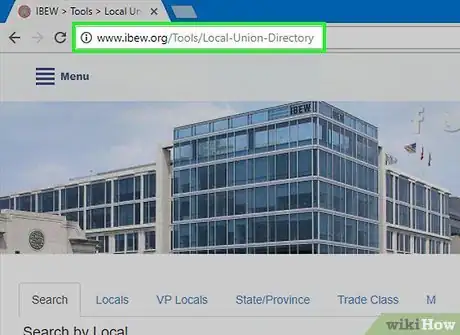
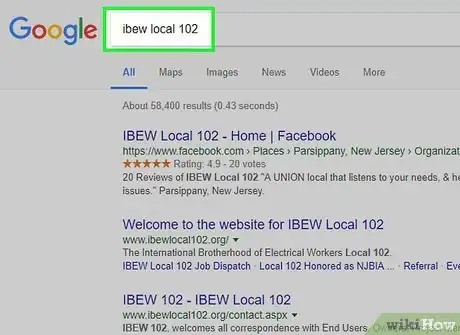
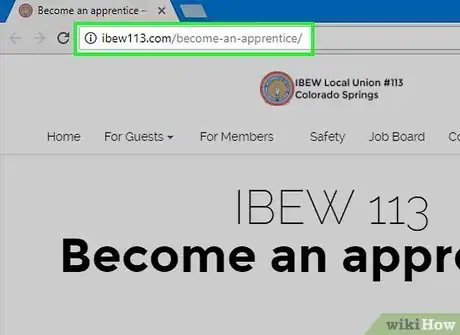
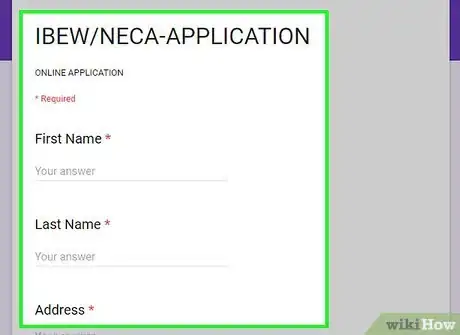

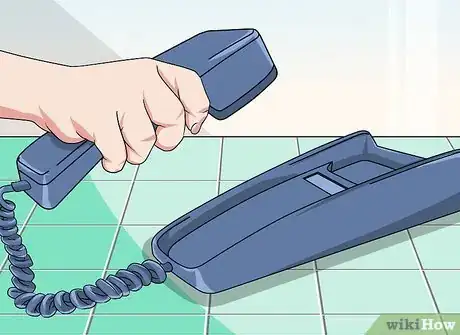

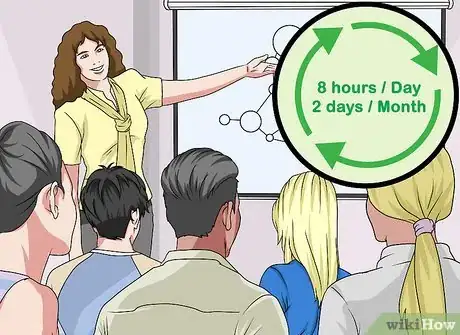


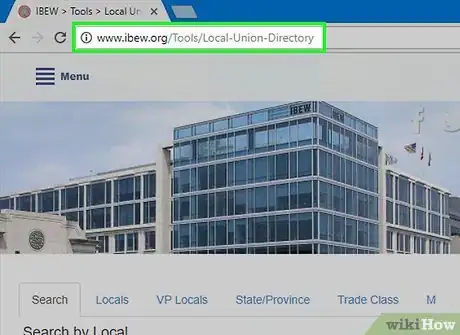
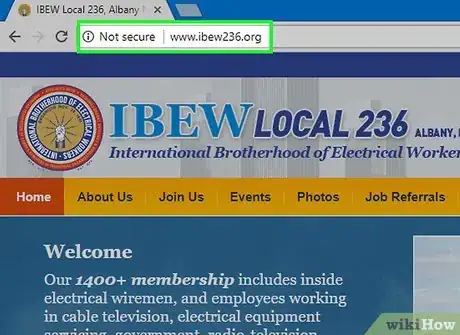
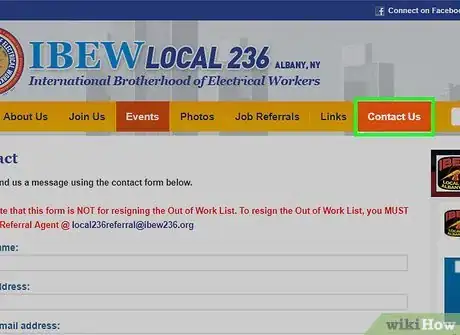
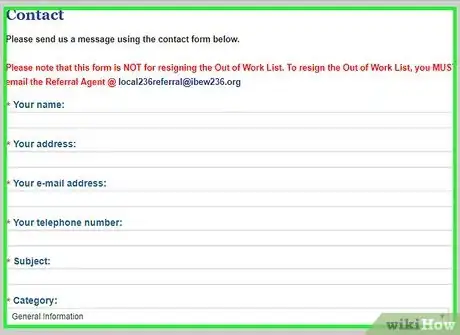


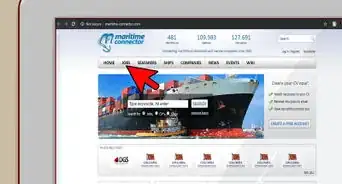
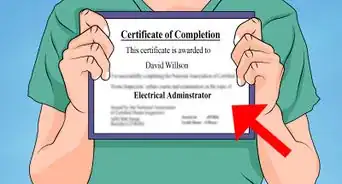


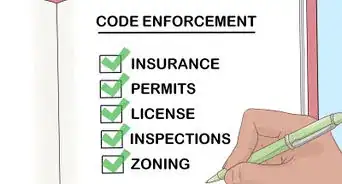

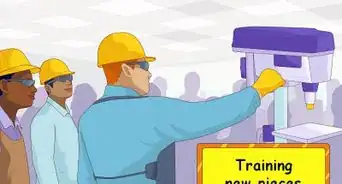




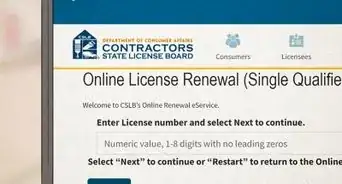
-Step-17.webp)
